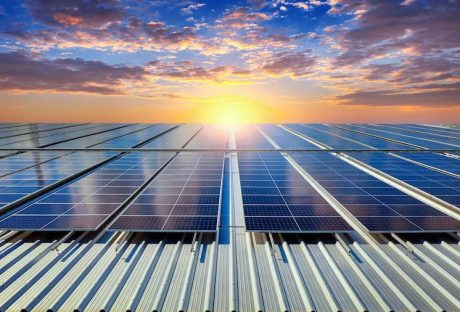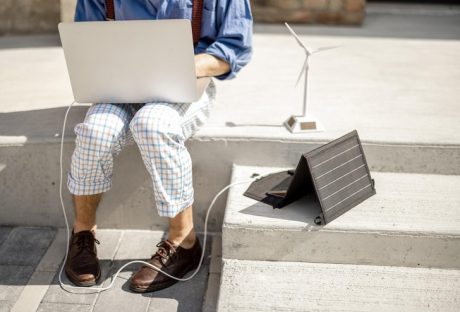Small businesses have always faced challenges when it comes to managing their energy and water consumption.
However, with the increasing pressure to reduce our carbon footprint and the rising costs of utilities, it has become more important than ever for small businesses to take control of their energy and water usage.
In this article, we will discuss the future of energy and water management for small businesses and what steps can be taken to reduce costs and become more sustainable.
Measure your usage
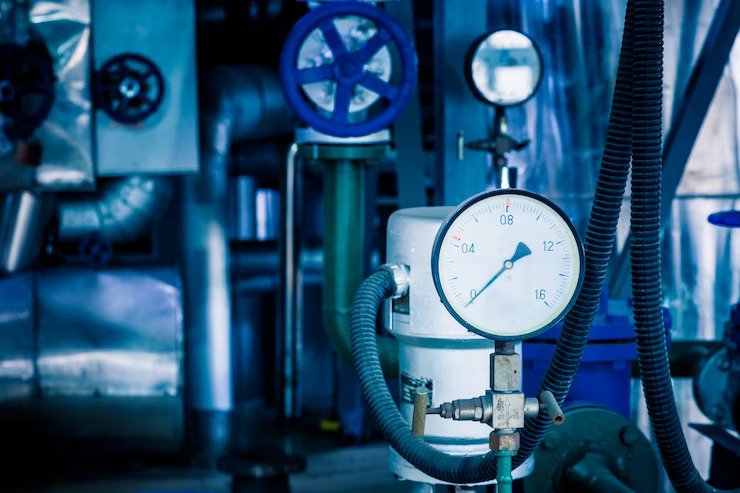
The first step in effective energy and water management for small businesses is to measure usage. This is done by installing smart meters, which provide real-time data on energy and water consumption.
A half hourly meter will automatically split your energy consumption, with no manual reading required. This data can be used to identify patterns and trends in usage, which can help small businesses make informed decisions about how to reduce their consumption.
Smart technology
The future of energy and water management for small businesses lies in the use of smart technology. Smart technology, such as IoT (Internet of Things) devices, can be used to automate and optimize energy and water usage.
For example, smart thermostats can adjust temperature settings based on occupancy patterns, and smart lighting can adjust brightness levels based on natural light levels. These devices can be controlled remotely, which means small business owners can monitor and adjust usage even when they are not on-site.
Related: Best Paying Jobs In Energy
Renewable energy
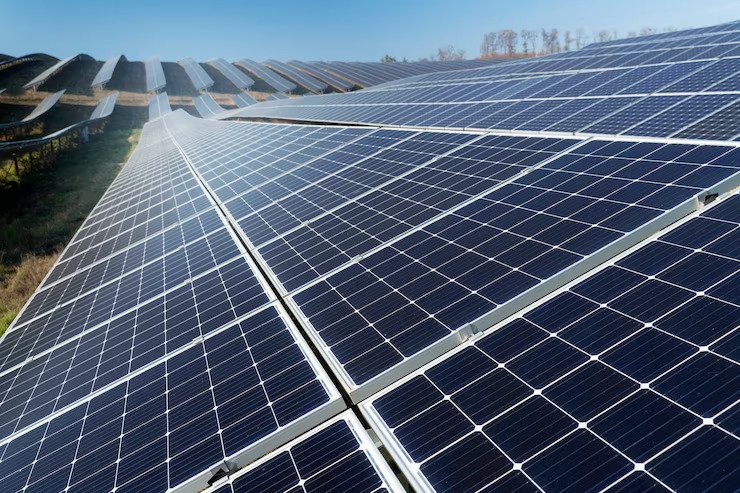
Renewable energy sources will also play a key role in the future of energy and water management for small businesses. Small businesses can install solar panels, wind turbines, or hydroelectric generators to generate their own energy.
These systems can be connected to the grid, which means any excess energy generated can be sold back to the utility company. Renewable energy sources are becoming more affordable and accessible, which means small businesses can now invest in them without breaking the bank.
Water management
Water management is another important aspect of energy and water management for small businesses. Small businesses can install low-flow fixtures and toilets, which can reduce water consumption by up to 30%. Water-efficient appliances, such as dishwashers as well as washing machines, can also be used to reduce water usage.
Small businesses can also install rainwater harvesting systems, which collect rainwater from rooftops and store it for later use. This water can be used for irrigation, flushing toilets, or even drinking if properly treated.
Water recycling systems
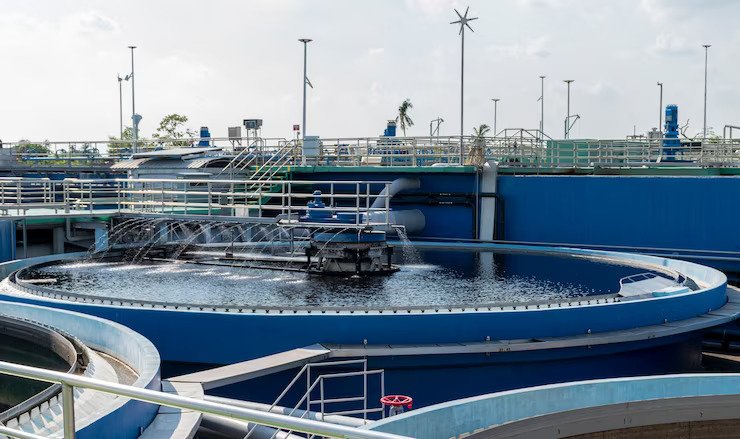
In addition to these measures, small businesses can also implement water recycling systems. Greywater, which is wastewater from sinks, washing machines, and showers, can be reused as well as treated for non-potable uses, including irrigation or flushing toilets. Blackwater, which is wastewater from toilets, can also be treated and reused, although this requires more advanced treatment systems.
Government incentives
Small businesses can also take advantage of government incentives and programs to reduce their energy and water usage. For example, there are tax credits available for businesses that install renewable energy systems or energy-efficient appliances. Some utility companies also offer rebates for businesses that implement energy and water-saving measures.
The future of energy and water management for small businesses lies in the use of smart technology, renewable energy sources, and water-saving measures. Small businesses can use smart technology to measure and optimize their energy and water usage, while renewable energy sources can be used to generate clean, affordable energy.
Water-saving measures can also be implemented to reduce water usage and promote sustainability. With government incentives and programs available, small businesses can take advantage of these opportunities to reduce costs, improve their bottom line and become more sustainable. By taking action today, small businesses can ensure a brighter, more sustainable future for themselves and for generations to come.
Read Also:














